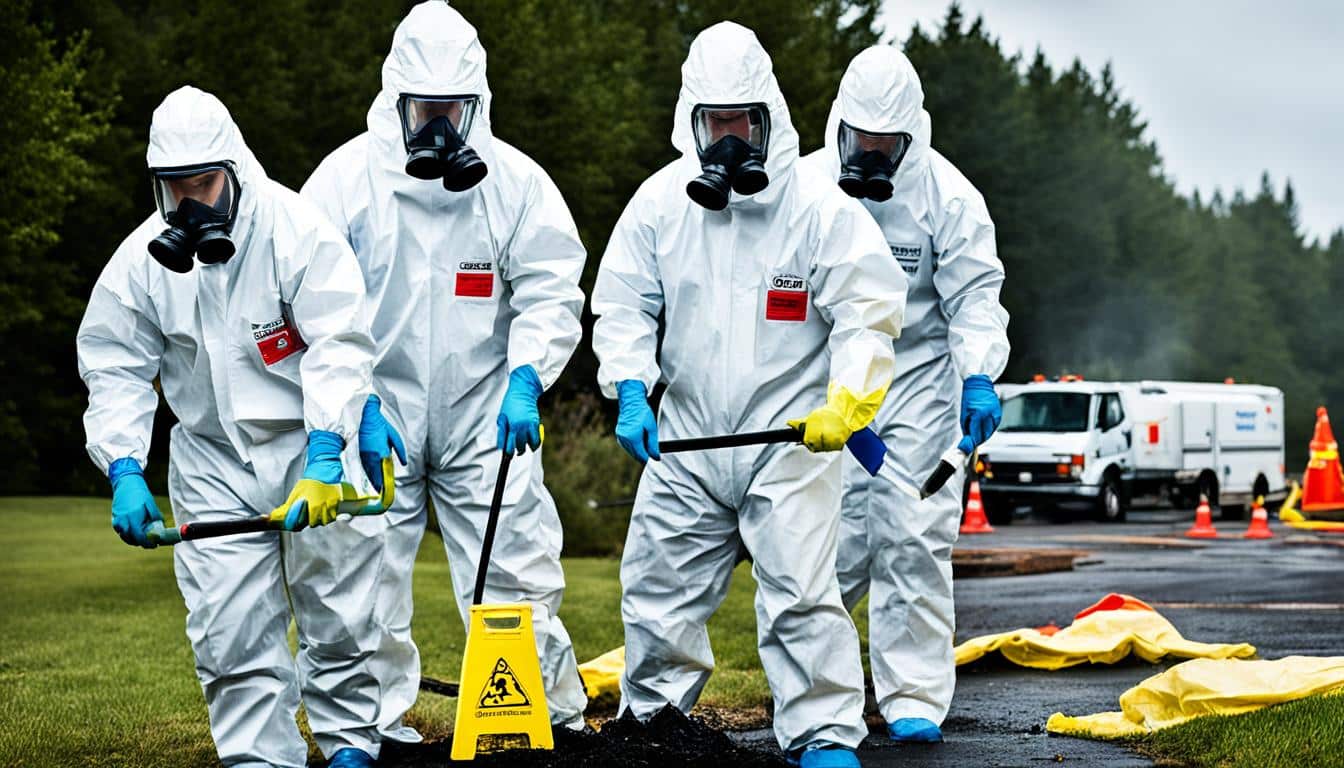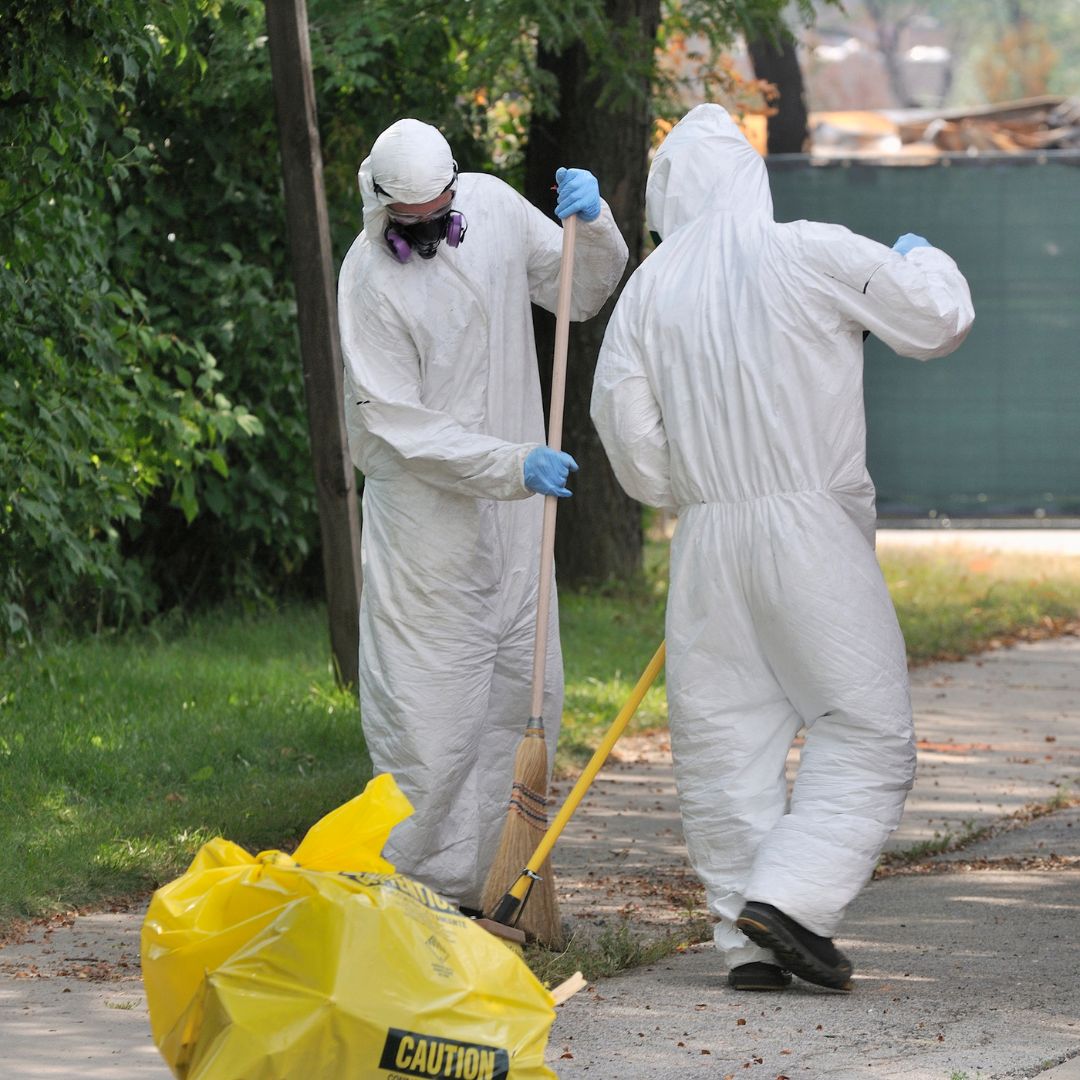Professional Biohazard Clean-up for Criminal Activity Scenes, Trauma Incidents, and Infected Spaces
In the world of expert biohazard cleanup, meticulous attention to information and adherence to security procedures are critical. As we dive right into the details of biohazard cleaning for these delicate settings, a much deeper understanding of the difficulties and vital procedures entailed will certainly emerge, shedding light on the indispensable duty of expert clean-up services in bring back security and tranquility of mind.

Value of Biohazard Cleaning
Biohazard clean-up adhering to crime scenes and injury incidents is essential for ensuring the security of people and the setting. When these incidents occur, they often leave behind a range of biohazards such as blood, physical liquids, and various other potentially contagious products. These materials can nurture unsafe pathogens like infections and bacteria, posing severe wellness risks if not correctly cleaned and sanitized.
Professional biohazard cleanup services are trained to take care of these hazardous materials safely and efficiently. They have the necessary tools, such as personal protective gear and specialized cleaning agents, to thoroughly decontaminate the affected areas. By entrusting the cleanup to trained professionals, individuals can avoid exposure to damaging microorganisms and stop the spread of contagious diseases.
Furthermore, appropriate biohazard cleanup is important for safeguarding the setting. Inappropriate disposal of biohazardous products can pollute soil, water sources, and air, posturing a threat to wildlife and the ecological community. By adhering to stringent cleanup protocols, professionals can make certain that biohazards are securely eliminated and gotten rid of according to laws, reducing the risk of ecological contamination.
Sorts Of Biohazards Encountered
Numerous hazardous materials generally come across in crime scenes and trauma cases present substantial wellness risks if not managed appropriately. Blood and physical liquids are amongst the most common biohazards located in these situations.
An additional type of biohazard commonly encountered is sharp objects like needles, busted glass, and other products that can trigger injuries and send infections. Chemical dangers are also an issue, as crime scenes might include substances like tear gas, pepper spray, or medicine manufacturing materials that call for specific handling and disposal treatments to avoid additional injury.
Furthermore, mold and bacteria growth can occur in spaces where decay or long term direct exposure to wetness has actually occurred. These microbes can launch toxic substances and allergens into the air, presenting breathing dangers to those subjected. Generally, biohazard clean-up professionals need to be trained and well-equipped to successfully handle these numerous kinds of unsafe products to guarantee the security of themselves and others.
Equipment and Protective Gear
When attending to the important job of taking care of biohazards encountered in criminal activity scenes and trauma events, the use of correct tools and safety gear is paramount to guaranteeing the security of people associated with the cleanup process. Personal safety tools (PPE) such as handwear covers, coveralls, masks, and goggles are necessary to avoid straight contact with possibly harmful substances. Respirators are vital when taking care of biohazards that may come to be air-borne, securing workers from breathing in hazardous particles. Specialized cleaning tools like biohazard sharps, disinfectants, and bags containers are essential for the risk-free click to read collection and disposal of polluted materials. Furthermore, durable tools such as industrial-grade cleaning representatives, foggers, and ozone generators may be needed to completely sterilize the affected location. Guaranteeing that all tools is correctly kept, routinely evaluated, and used according to safety guidelines is crucial in decreasing the danger of exposure to biohazards during cleaning procedures.
Cleaning Refine and Techniques
Effective and extensive clean-up of biohazardous products from crime scenes and injury cases calls for meticulous interest to information and adherence to strict security methods. The cleanup procedure typically includes numerous essential actions.
Adhering to the removal of biohazardous products, the damaged area undergoes an extensive cleaning and sanitation procedure. This action involves making use of specialized cleaning agents and tools to ensure that all traces of contamination are eradicated. After cleansing, the location goes through extensive screening to validate that it is totally free and secure of any type of staying biohazards.

Purification and Disposal Treatments
To make sure detailed decontamination and correct disposal of biohazardous products, following the meticulous clean-up procedure, specific procedures should be diligently adhered to with stringent adherence to safety and security procedures. Purification includes the removal or neutralization of pollutants to decrease the danger of direct exposure and spread of harmful substances. This process normally includes cleaning, sanitizing, and sterilizing the affected location using specialized equipment and EPA-approved chemicals.
When purification is finished, appropriate disposal of biohazardous products is important to stop additional contamination or injury. Biohazardous waste, such as physical fluids or blood-soaked products, must be very carefully accumulated, packaged, and identified according to governing standards. ATP testing. These materials are after that transported to licensed centers for disposal via appropriate networks, making sure compliance with visit site regional, state, and government laws

Final Thought
In conclusion, expert biohazard cleanup is crucial for making certain the secure and reliable removal of hazardous materials from crime scenes, trauma cases, and contaminated rooms. By utilizing specific equipment, protective equipment, and following correct cleaning procedures and methods, biohazard cleaning teams can efficiently dispose and decontaminate of biohazards, reducing the danger of direct exposure and damage to people and the atmosphere.
As we dig right into the intricacies of biohazard clean-up for these sensitive atmospheres, a deeper understanding of the difficulties and crucial procedures involved will certainly emerge, shedding light on the important role of professional clean-up solutions in recovering security and peace of mind.
Expert biohazard cleanup solutions are trained to deal with these hazardous materials securely and successfully. By complying with stringent cleaning methods, professionals can make certain that biohazards are securely removed and disposed of in conformity with guidelines, decreasing the risk of environmental contamination.
On the whole, biohazard clean-up specialists have to be trained and fully equipped to successfully take care of these numerous types of hazardous materials to guarantee the security of themselves and others.
When resolving the crucial job of managing biohazards run into in criminal offense scenes and trauma events, the use of appropriate devices and protective gear is paramount to guaranteeing the security of people involved in the cleanup procedure.
Comments on “Biohazard Removal: Safe Handling and Disposal of Hazardous Materials”